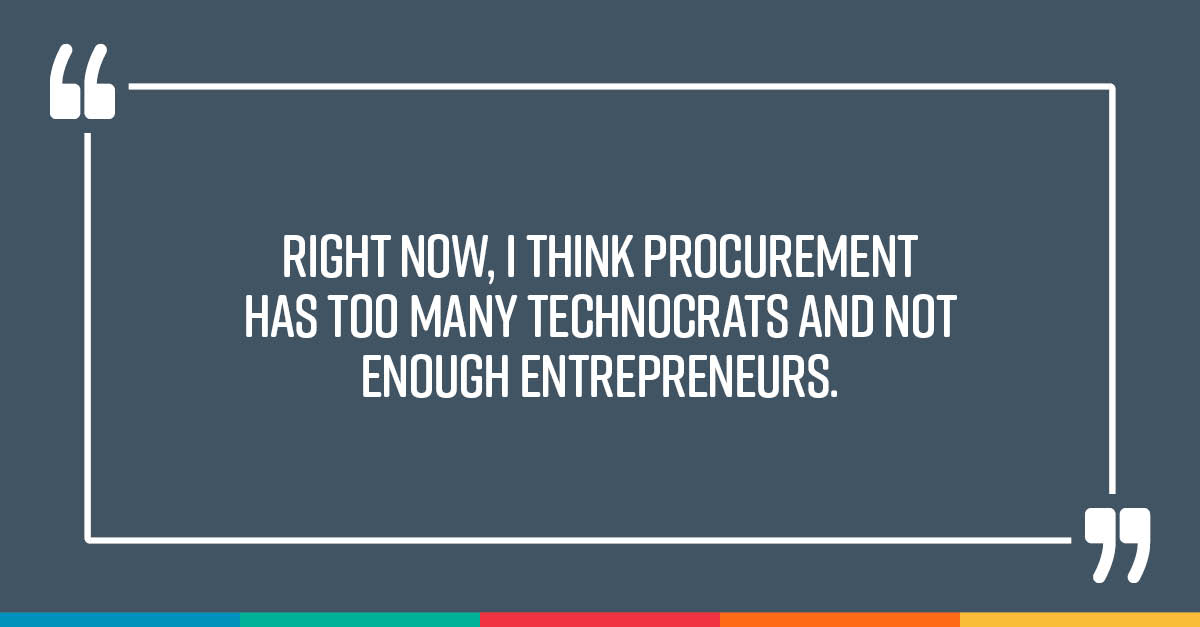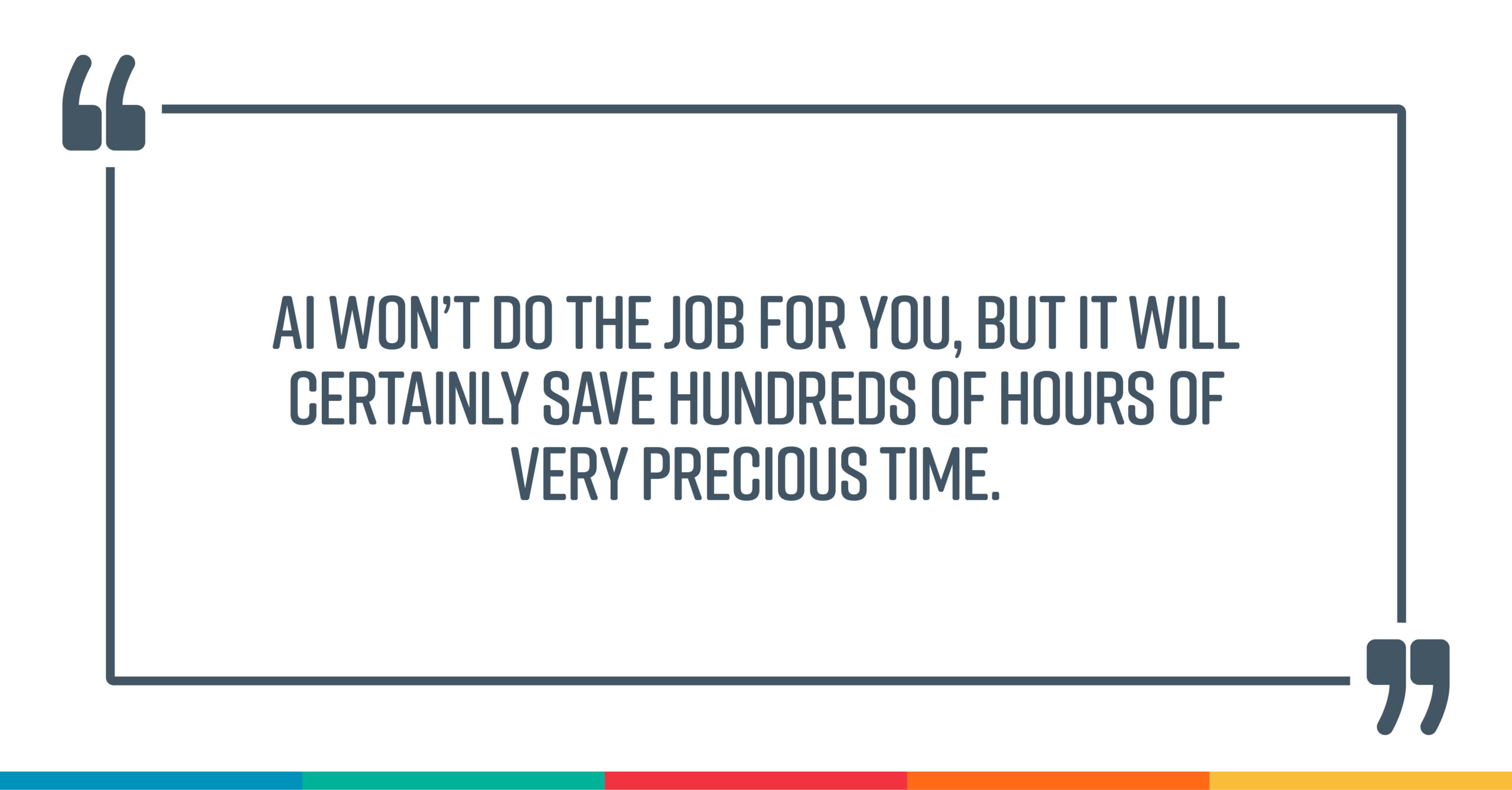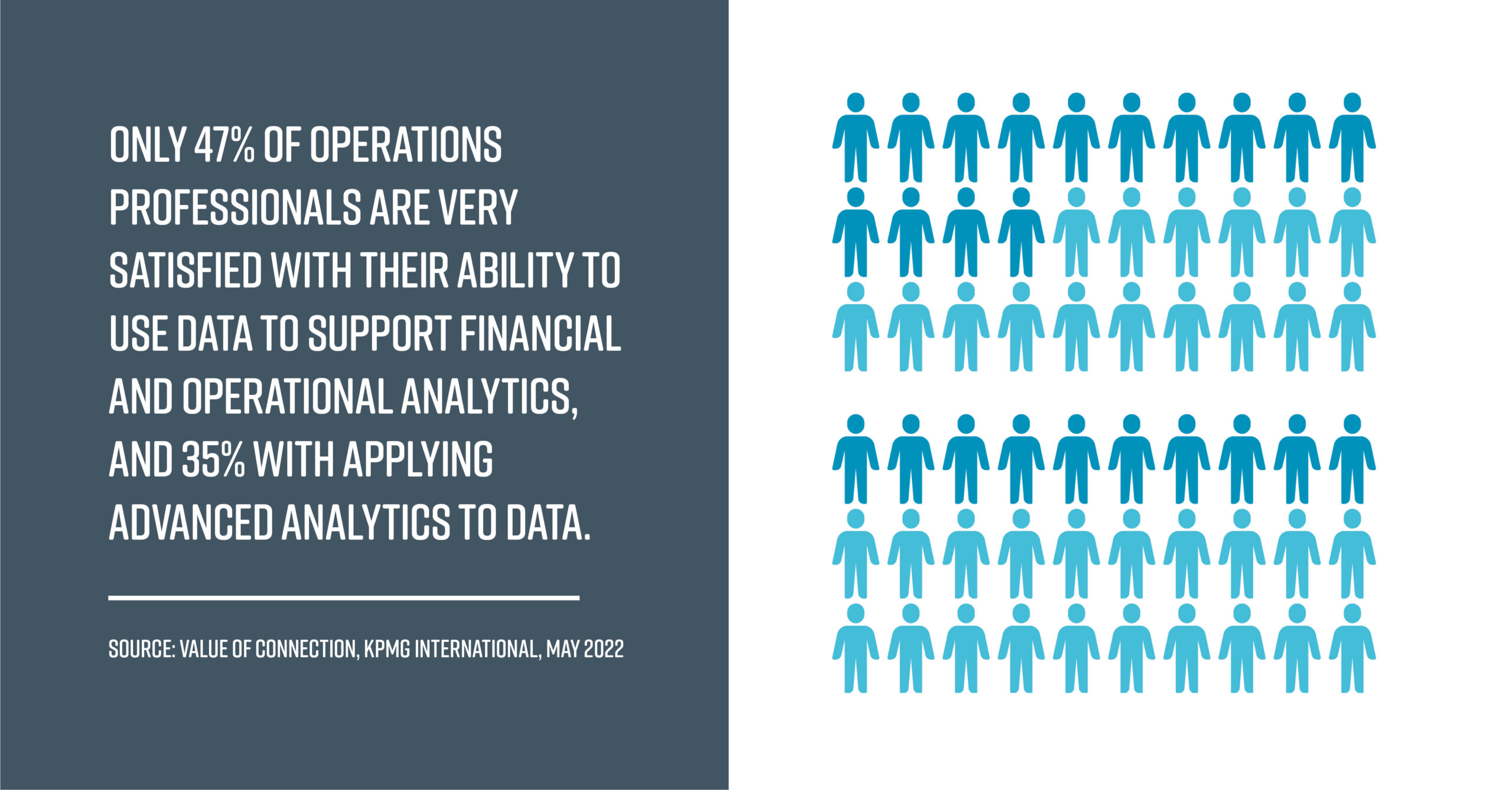Written by Jonathan O’Brien, leading procurement expert and CEO of Positive Purchasing Ltd. Jonathan and his team work with global blue-chip organizations to help transform their procurement capability.
With Chat GPT almost becoming mainstream now, tech development is moving so fast it could give you a nosebleed. Not to be outdone, here at Positive Purchasing, we have released Capella, a new world-leading digital tool to guide users to the optimum category strategy – so I thought it would be a great time to get the perspective of an acknowledged expert in the field. James Meads founded ProcurementSoftware.site, presents The Procuretech Podcast, and has an encyclopaedic knowledge of the procurement tech world. Here is how our conversation went…
What is a Smart Next Step for a CPO in the Early Stages of a Procurement Tech Journey?
Jonathan: Imagine I’m a forward-looking CPO on a journey down the road towards procurement digital transformation and I want something with real game-changing potential. I’m looking at an eSourcing platform augmented by a selection of cloud-based solutions. I have a healthy budget, but am struggling to find the right fit – what would you say to me?
James: Most big businesses are in a similar position. In the example of the CPO seeking a more sophisticated solution, I would ask: What are you trying to fix? What do you specifically want to automate? Or what new capability do you need?
Resist the temptation to implement a big name branded suite (just because it’s a safe bet and does some of what you need) but rather, put some time into tightly specifying what you want to achieve, then dig into the market and find a really good fit.
Please make sure it’s user friendly. There is no point having a great solution that is so complex and hard to use, you get pitifully low adoption and nobody uses it.
Should we Search for a Provider by Solution Capability or By Business Needs?
Jonathan: So, should our CPO search for a provider by tech solution capability or by their own specific business needs?
James: Both! Search by functionality as it applies to what you are trying to fix, automate or achieve. Actually, that is precisely the reason I created procurementsoftware.site. Other than what I call the “legacy brands” (who have been around for 10 years, are tried and tested but probably won’t do everything you need) most emerging procurement technology rarely does just one thing. They are constantly evolving as they figure out what their sweet spot is, in terms of the different modules and features that they deliver.
At procurementsoftware.site you can select more than one category. Take eSourcing, for example. If you want a sourcing platform that also has a contract repository, you can select both and the website will show you anything that matches both of those criteria. However, if you need a provider that’s tried and tested, you can also select that as a criteria too, which will exclude early stage startups.
Collaboration May Be the Answer
As the market matures, I suspect we will see a range of procurement tech providers collaborating to offer a broader combined solution. Perhaps an offer of eSourcing from one partner and maybe ESG analytics from another. New or growing tech businesses must decide whether to spend their limited budgets on product, sales and marketing, or on people. So, teaming up makes good commercial sense for them and delivers real benefits for customers.
What You Really Need is an Entrepreneurial Mindset and C-Suite Sponsorship
James: But let’s go back a step. Right now, I think procurement has too many technocrats and not enough entrepreneurs. Historically, that was how the system worked – very much a control-based function. Going forward, I think we need to be far more entrepreneurial in our mindset as we solve the challenges of an increasingly global supply chain and diversified supply base.

A crucial success factor in procurement innovation is having a C-Suite sponsor, or at least a board mandate, in fact I’d even say that without this you’re probably set to fail. If you don’t have a CPO that reports to the CEO, then you better make sure you’ve got a Chief Supply Chain Officer, COO or even a CFO that’s going to bat for you in the boardroom.
Jonathan: Is there a procurement tech magic button that will give you the single point of truth for everything we need to know in this landscape?
James: No.
Jonathan: That figures! So, with no magic button what we’re buying amounts to islands of technology, though some companies are beginning to create APIs that get things talking to each other.
James: I’m not an IT person, but I do understand the digital procurement landscape, though I approach it from a procurement category management background rather than a software development/CTO background. As I look at today’s market, I wonder who will come out on top. Will this be a suite like the SAP Aribas or the Coupas of this World, or one of the new disruptor best-of-breed applications like a Zip ‘intake to procure?’ Or perhaps a ‘vendor master’ database piece of tech? Maybe one of these supplier intelligence portals like a Scoutbee or a TealBook or a HICX?
What technology will win out as the nucleus of the ecosystem that you end up plugging everything into? I guess SAP and Coupa have got a bit of a head start, as they recognize that their platforms don’t do everything that you need, so they have implemented app stores in a similar way, but it’s still pretty expensive.
Utility Vs Usability
Jonathan: Back to our CPO – are there some things that they should definitely avoid and, on the flip side, some things that they should definitely not avoid?
James: Certainly. There are reports and “best of” lists in which a number claim to be the leading procurement tech platforms. None of them use ease of implementation and UI\UX as part of their evaluation criteria though which astounds me!
I would rather have a piece of tech that only does 50-60% of what I want, but gets 90% adoption, than something that ticks every box but looks horrible, takes a year to implement and no one wants to use.
Jonathan: So, thinking about our CPO on their road to digital transformation, what are the basics that the procurement function needs?
James: I would narrow it down to four:
- Spend analytics – you need to know what you’re spending to be able to create a long-term strategy to exploit cost savings opportunities or mitigate risk.
- A Procure-to-Pay (P2P) platform – increasingly, procurement teams are being asked to do more with less. So, you must eliminate manual administrative tasks that could be automated, to free up your team to manage the avalanche of bureaucracy in terms of ESG, compliance and risk management.
- A central repository – to manage your sourcing events and contract data.
- A single source of truth – to capture your supplier data. This could be a supplier intake or vendor master data management platform, ensuring you have the correct vendor bank account with no duplicate vendors or multiple different payment terms, plus accurate phone and email details for when you need to urgently contact a supplier.
Even with a modest budget, say fifty to a hundred thousand US dollars to spend on procurement tech, you could get some basic software that covers two out of these four.
The Gift of Time
Jonathan: So, if those are the basics, what’s the latest and greatest, the next new thing that’s happening out there that we should be thinking about?
James: For tools that can cut the grunt work that eats up so much time for procurement professionals, there are two that really stand out. Fairmarkit and Pactum spring to mind. Just to be able to negotiate some changes to red lining in an NDA for example, is a real time saver, or to use AI to suggest clauses to address red flags in a contract could save hours of expensive time (both yours and your legal teams).
AI won’t do the job for you, but it will certainly save hundreds of hours of very precious time.

How Should Our CPO Construct their Business Case?
Jonathan: Meanwhile back with our tech-hungry CPO, how should they construct their business case to secure the budget they need?
James:
- What’s the ROI? – evaluate the payback of business advantages gained and include an allowance for eliminating errors and mitigating all other related risks. Then estimate cost savings (including all hours saved by all who will use it).
- How long will it take to pay back the investment? CFO’s like to see a return in a year, two at most.
- What’s the cost of not doing it? Our CPO should take his team’s salary bill, divide it by 220 (working) days, then by 8 hours to get an “effective hourly rate” for the team. Estimate the hours the tech solution would save you (submitting expense payments, travel requests, crunching data, preparing presentations etc.). I bet our CPO and their team spends up to a third of time on non-value adding tasks. But the real opportunity cost is what could be achieved using some of that “stolen time” to create new initiatives, especially in the sustainability space – that’s the real cost of not doing it.
New Skills, New Capabilities and New People
Jonathan: Will procurement and supply chain functions need new skills, capabilities, and even new people, to understand and be able to utilize the tools needed to drive digital transformation?
James: Yes – and I think the procurement team of the future will look very different to what it does today. There will be fewer category managers because one third to one half of what their time is currently spent on, could progressively be eliminated, automated, or delegated.
In the last financial crisis, many large companies got rid of junior buyers or admin assistants, with much of their workload, by default, being pushed onto category managers. Whilst new tech can help alleviate some of these additional tasks, the selective return of some of these more junior roles could see the more experienced category managers being even more effective.
Internal communications experts, to talk the language of the business, share our achievements and tell our good news stories (especially regarding sustainability) will generate greater engagement with customers, partners, employees, investors and other key stakeholders.
Digital Tools Vs Great Data – Which is Most Important?
Jonathan: Kris Lance was a guest on the Procurement Show last November and he said that we need to focus less about the digital products and more on really understanding our data – would you agree with that?
James: Yes, to a point – you certainly can’t digitize your procurement function without good data, no matter what tool you invest in.
Data is the New Gold
Amazon is not really an e-commerce company and Tinder is not really a dating app – at their heart they are data companies, which is why their share price is so high. However, many companies are not exploiting data to its full effects. Given the richness and value of the knowledge and insights that can be distilled from an organization’s aggregated data lake, I think data analysts and data scientists will increasingly start to sit within procurement.
Jonathan: I‘d like to finish by asking what three gems of advice you’d like to pass to our CPO?
James: I would say:
- Exploit your data.
- Invest in the right people.
- Get the best tech stack you can afford.
Jonathan: Short and sweet! Thank you, James, for sharing your vast knowledge of the procurement tech landscape and delivering some very valuable advice.
Jonathan’s Last Word
So, there you have it – even with the latest technology or generative AI powered solutions, a major differentiator for any business is set to remain the quality of the talent in their team. To see how you can sharpen the knowledge, skills and confidence of your team, take a look at our range of online courses here.
One other thing that might interest our CPO is our Guided Category Strategy Creator® – Capella. Why not grab a brew and take a look here. I can guarantee you will be glad you did.


